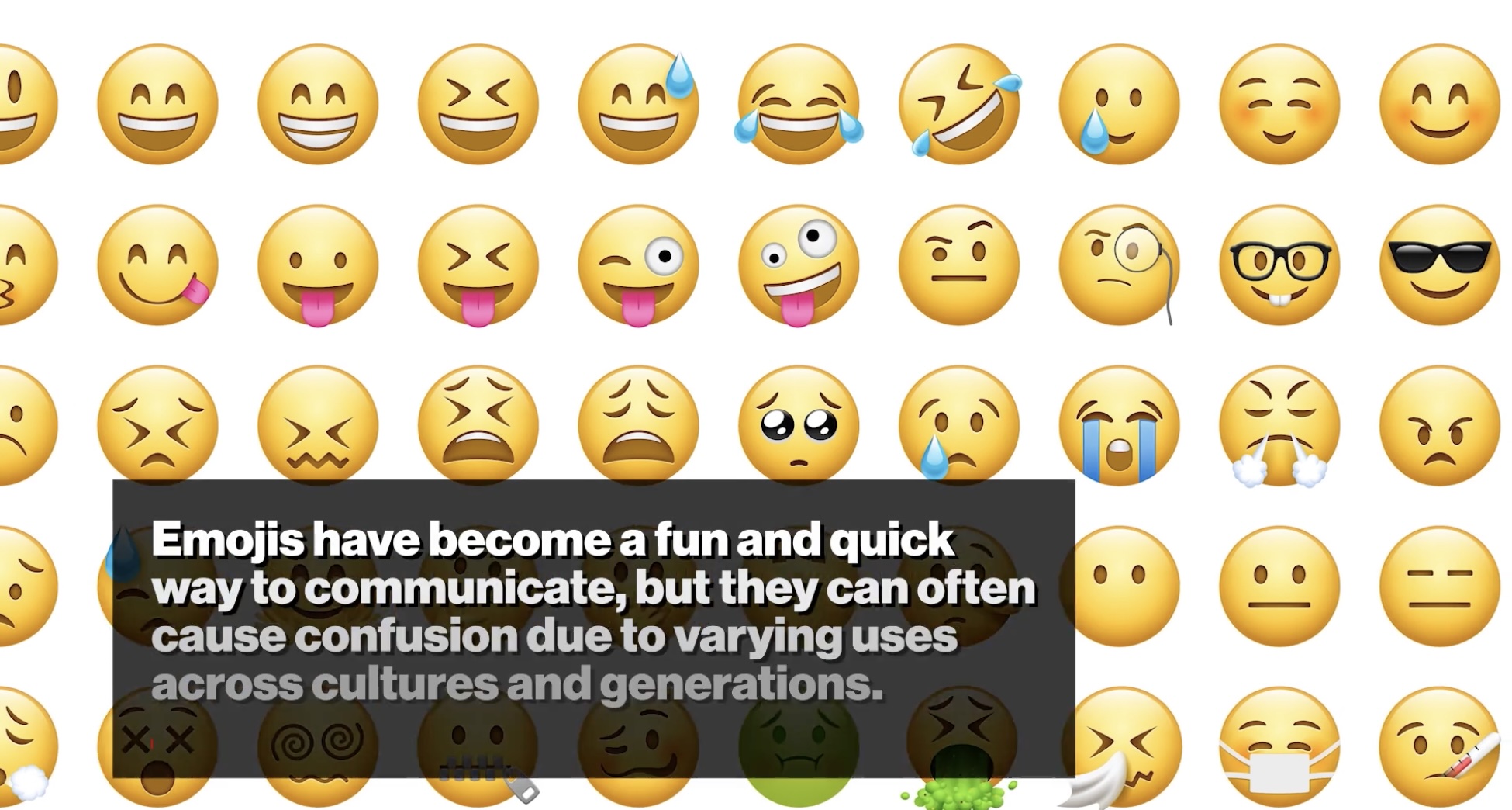Free Resources for Busy Parents and Educators Who Don’t Have as Much Time to Read and Surf as I Do with Fresh Content Every Weekday and post around 8:00 am Eastern US time.
The Twitter names next to each link belong to the authors, publications, and the people who bring them to my attention. Be sure to try the bottom right translate button for your favorite language or one you are trying to learn. If you don’t see it, check your adblocking software

Want To Incorporate the Arts Into Other Classes? Let These 7 Art Books Inspire You. See if your librarian can order a copy of each for your school library. @NimahGobir @MindShiftKQED

Give Students Writing Feedback That Works. The problem: how to respond to and assess our students’ major writing assignments. @LaurieMHornik @middleweb
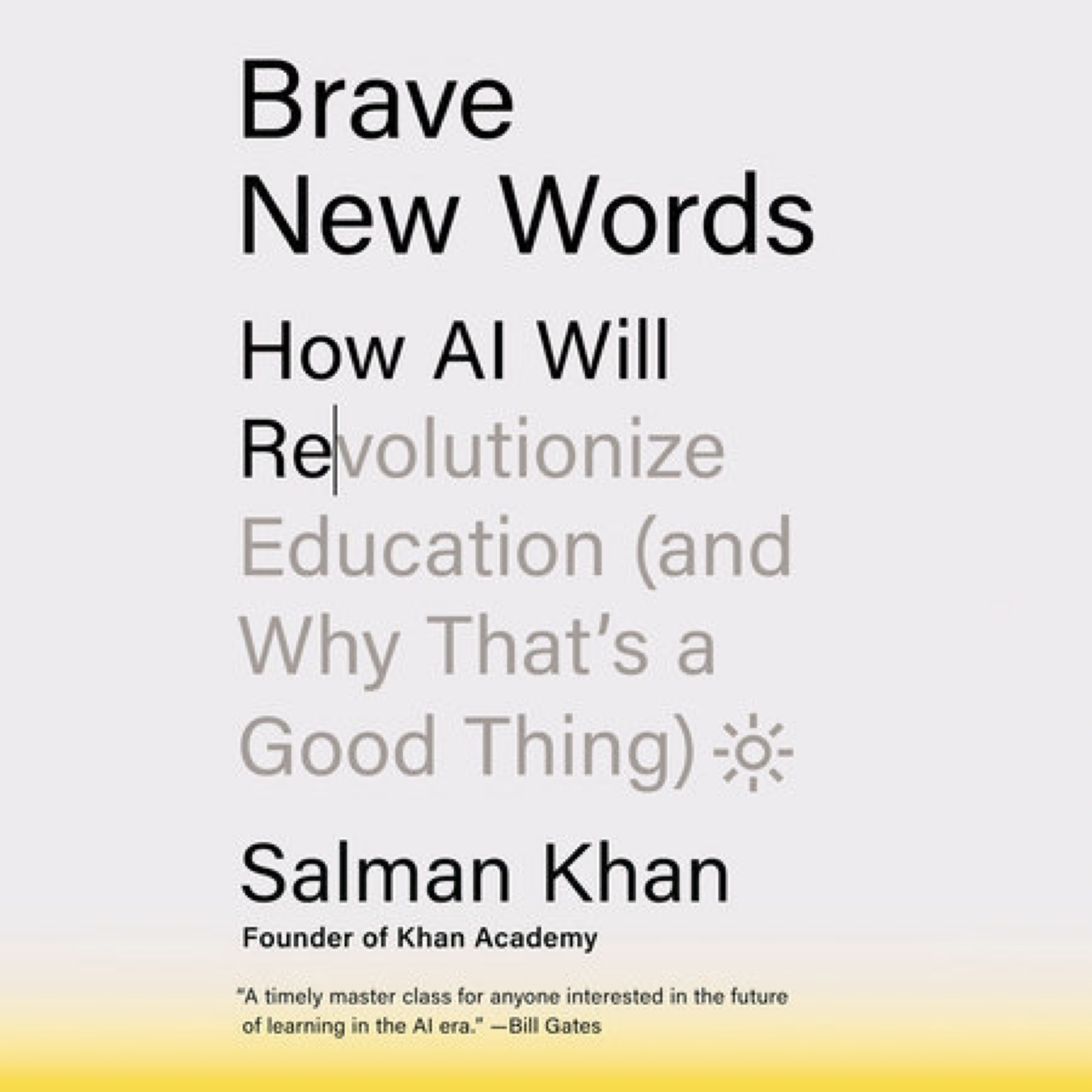
Brave New Words: How AI Will Revolutionize Education and Why That’s a Good Thing Written and Read by Salman Khan – Salman Khan has long been on the cutting edge of education, and in Brave New Words, he shows us what’s next. @BeingSalmanKhan

Social Media/Artificial Intelligence
Newark Public Schools considers new AI tutor chatbot for districtwide use after pilot testing. The district was among the first in the country to test the chatbot called Khanmigo, an AI program developed by online learning giant Khan Academy that is designed for classrooms and acts as a tutor. @jessiereport @ChalkbeatNWK
Learning
The benefits of a bilingual brain – Mia Nacamulli details the three types of bilingual brains and shows how knowing more than one language keeps your brain healthy, complex and actively engaged. @edappadvice @TED_ED

Leadership/Parenting
Strategies for Bringing ‘Desirable Difficulty’ Into Learning – Some of the most effective learning strategies are those known as desirable difficulties. @JW_Firth @NSRiazat
Inspirational/Funny Tweets
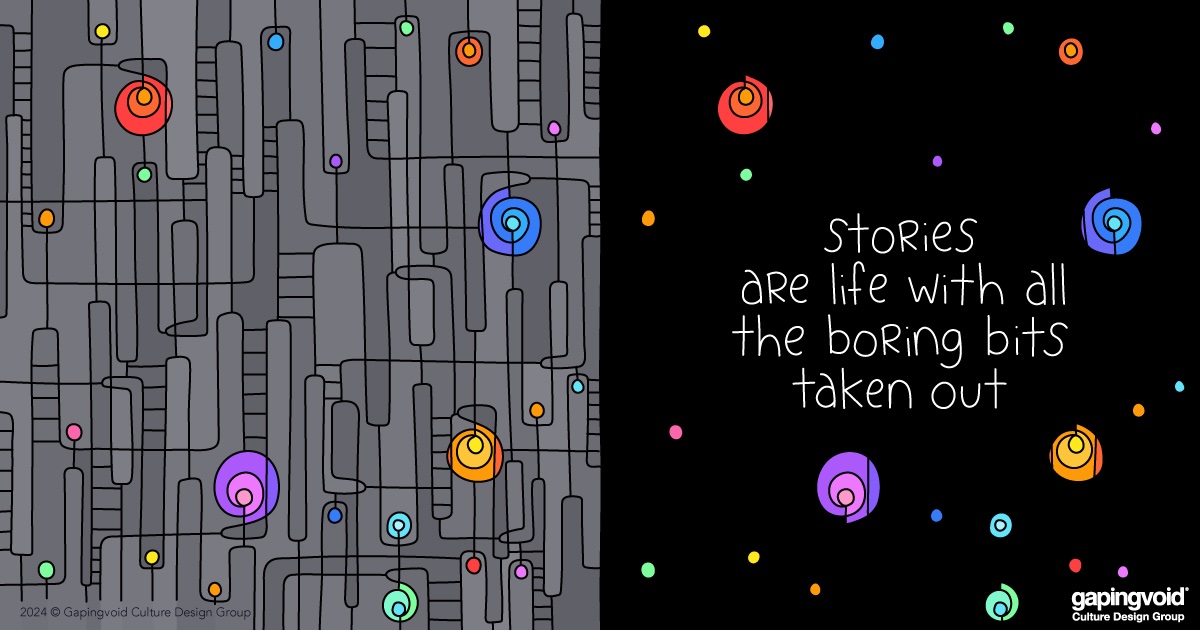 @Gapingvoid
@Gapingvoid

Humor, Music, Cool Stuff
GLUTEN-FREE Only 3 ingredients! Delicious cookies without flour and sugar in 5 minutes! This is about as healthy as a cookie can get. @kochenmithanna @Kochen_mit_Hanna
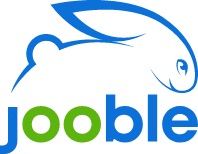
Recent Book Summaries & My Podcasts
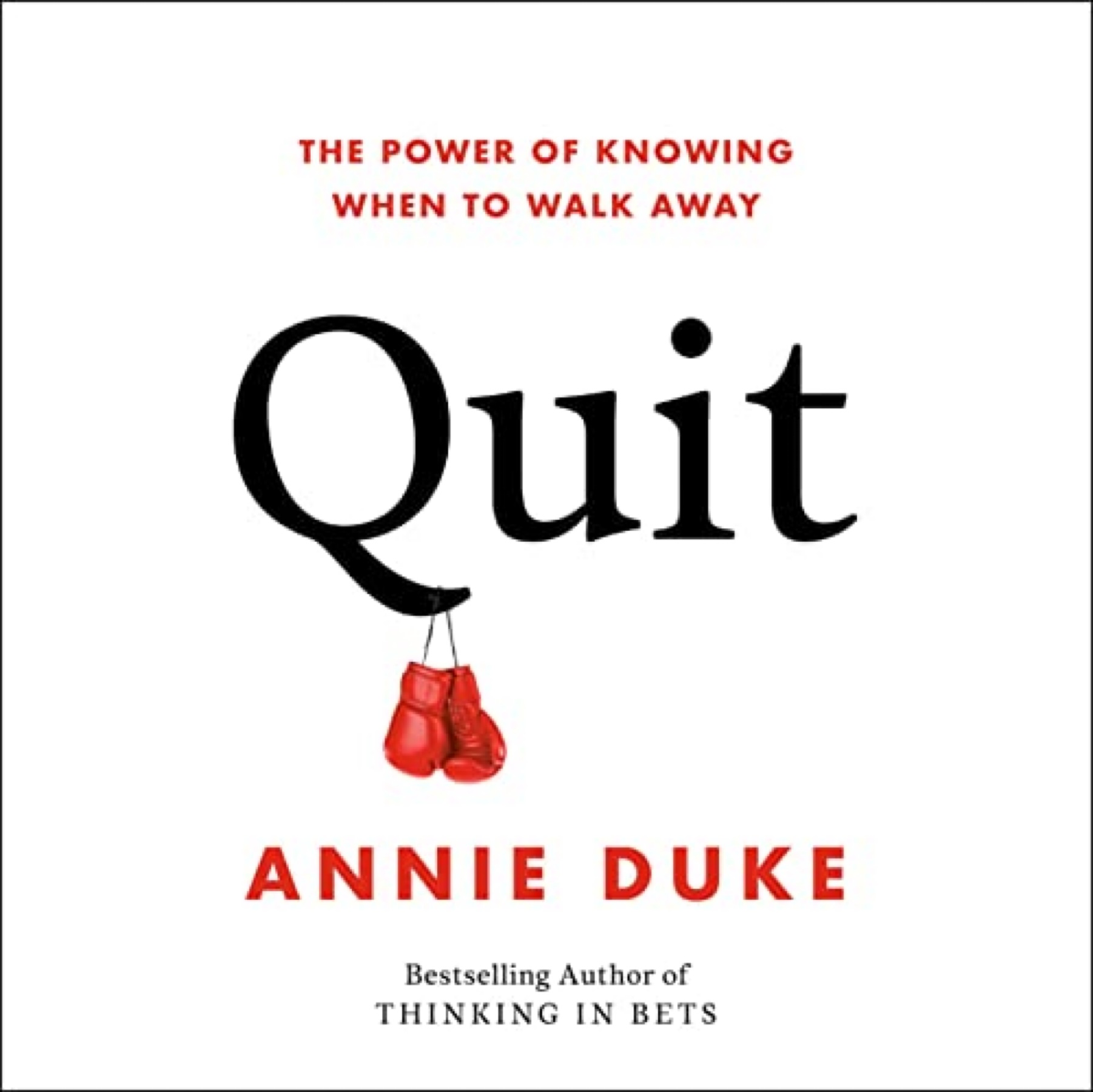
Quit: The Power of Knowing When to Walk Away by Annie Duke
Building Thinking Classrooms in Mathematics Grades K-12: 14 Teaching Practices for Enhancing Learning by Peter Liljedahl
Influence: The Psychology of Persuasion by Robert Cialdini@RobertCialdini
Valedictorians at the Gate: Standing Out, Getting In, and Staying Sane While Applying to College by Becky Munsterer Sabky
Plays Well With Others: The Surprising Science Behind Why Everything You Know About Relationships Is (Mostly) Wrongby Eric Barker
How to Raise Kids Who Aren’t Assholes: Science-Based Strategies for Better Parenting from Tots to Teens by Melinda Wenner Moyer
My Post-Pandemic Teaching and Learning Observations by Dr. Doug Green Times 10 Publications
The Power of Regret: How Looking Backward Moves Us Forward by Daniel Pink
Limitless Mind: Learn, Lead, and Live Without Barriers by Jo Boaler
The Future of Smart: How Our Education System Needs to Change to Help All Young People Thrive by Ulcca Joshi Hansen
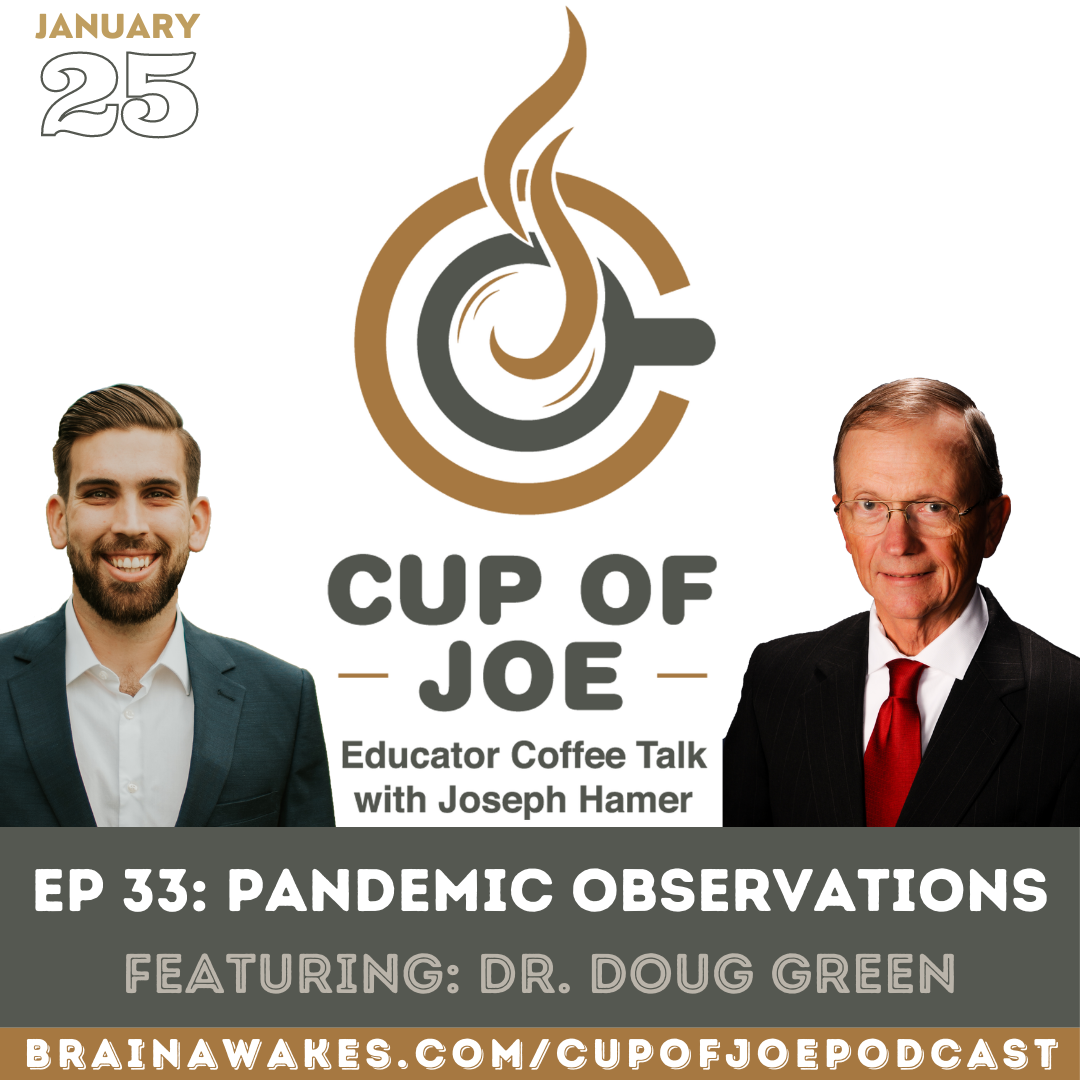
Listen to Dr. Doug on the “Cup of Joe” podcast. I recorded it last week. On it, I talk about the many good things I have seen in schools doing hybrid teaching. @PodcastCupOfJoe @DrDougGreen @BrainAwakes
This is my podcast on the Jabbedu Network. Please consider listening and buying my book Teaching Isn’t Rocket Science, It’s Way More Complex. Here’s a free executive summary. @jabbedu @DrDougGreen
Boys and Sex: Young Men on Hookups, Love, Porn, Consent, and Navigating the New Masculinity by Peggy Orenstein









 @Dianne__LadyD
@Dianne__LadyD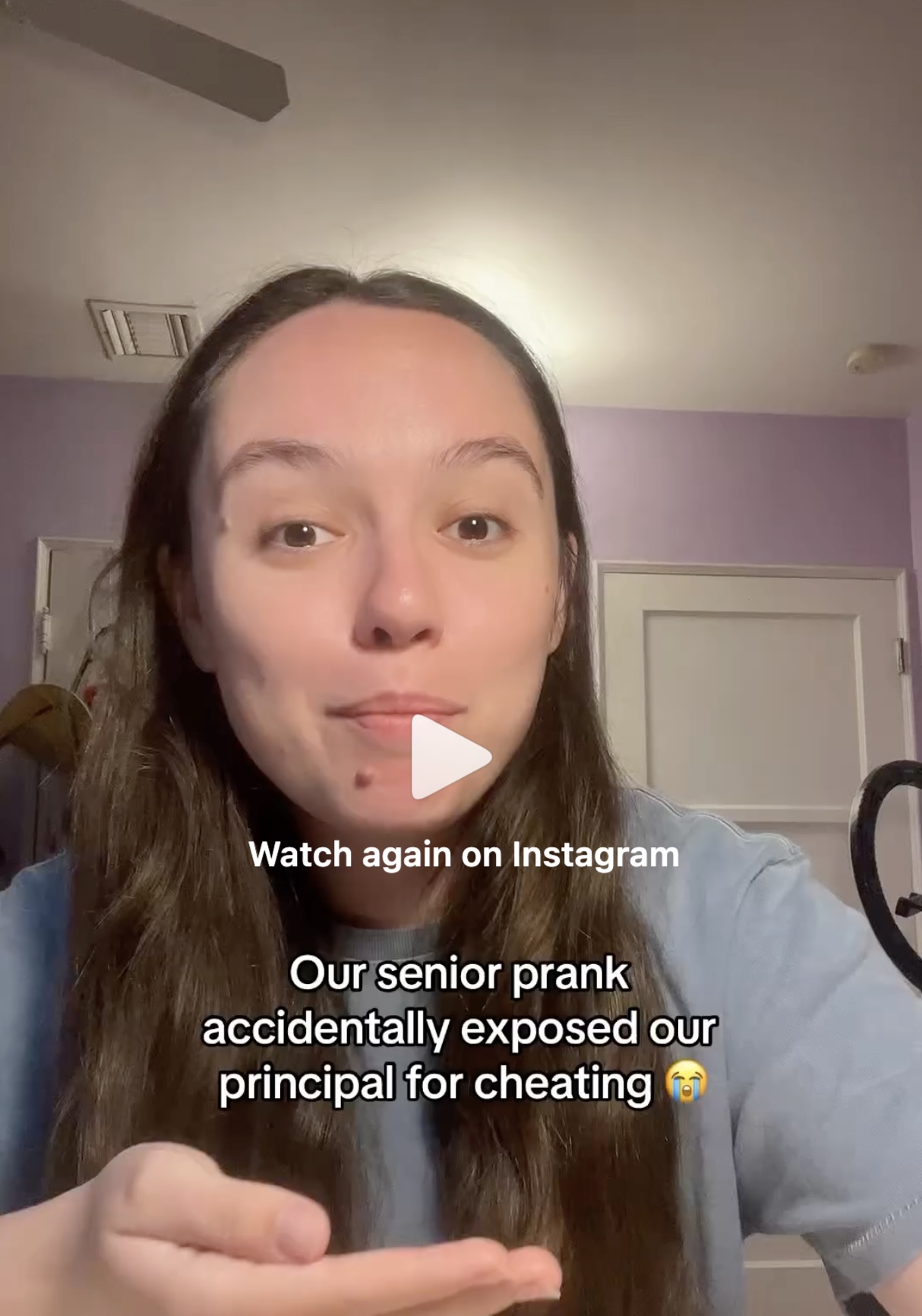
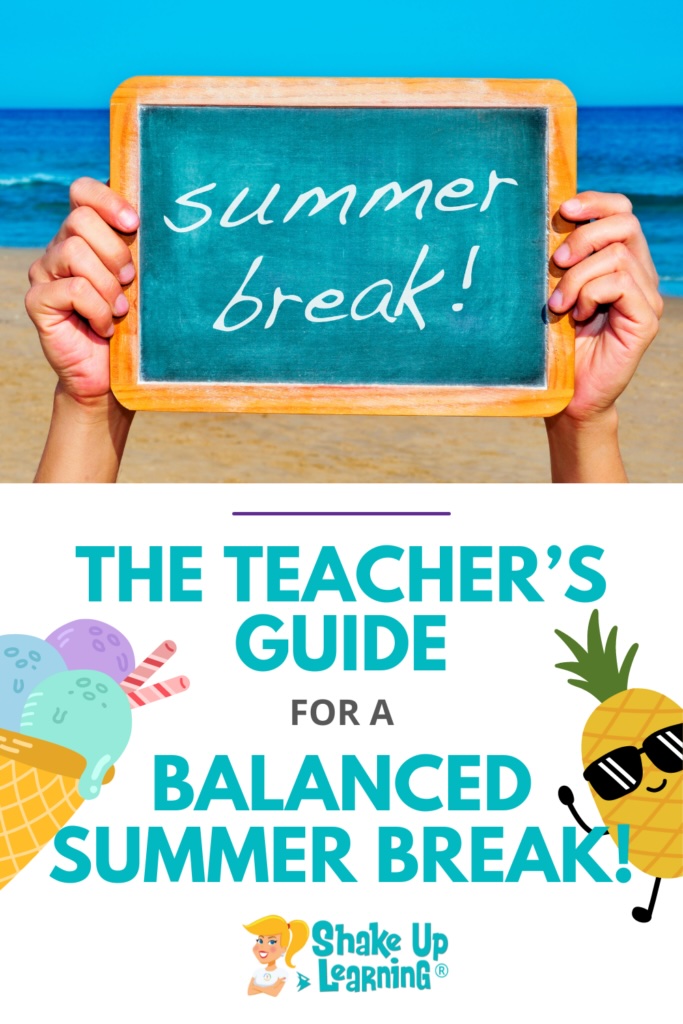
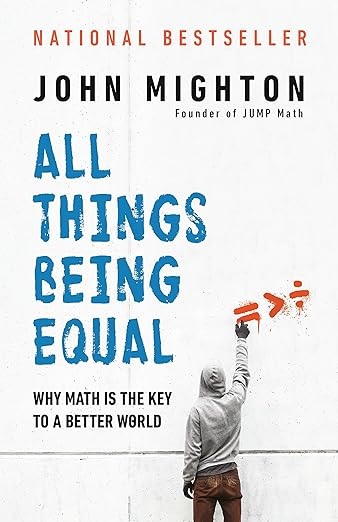

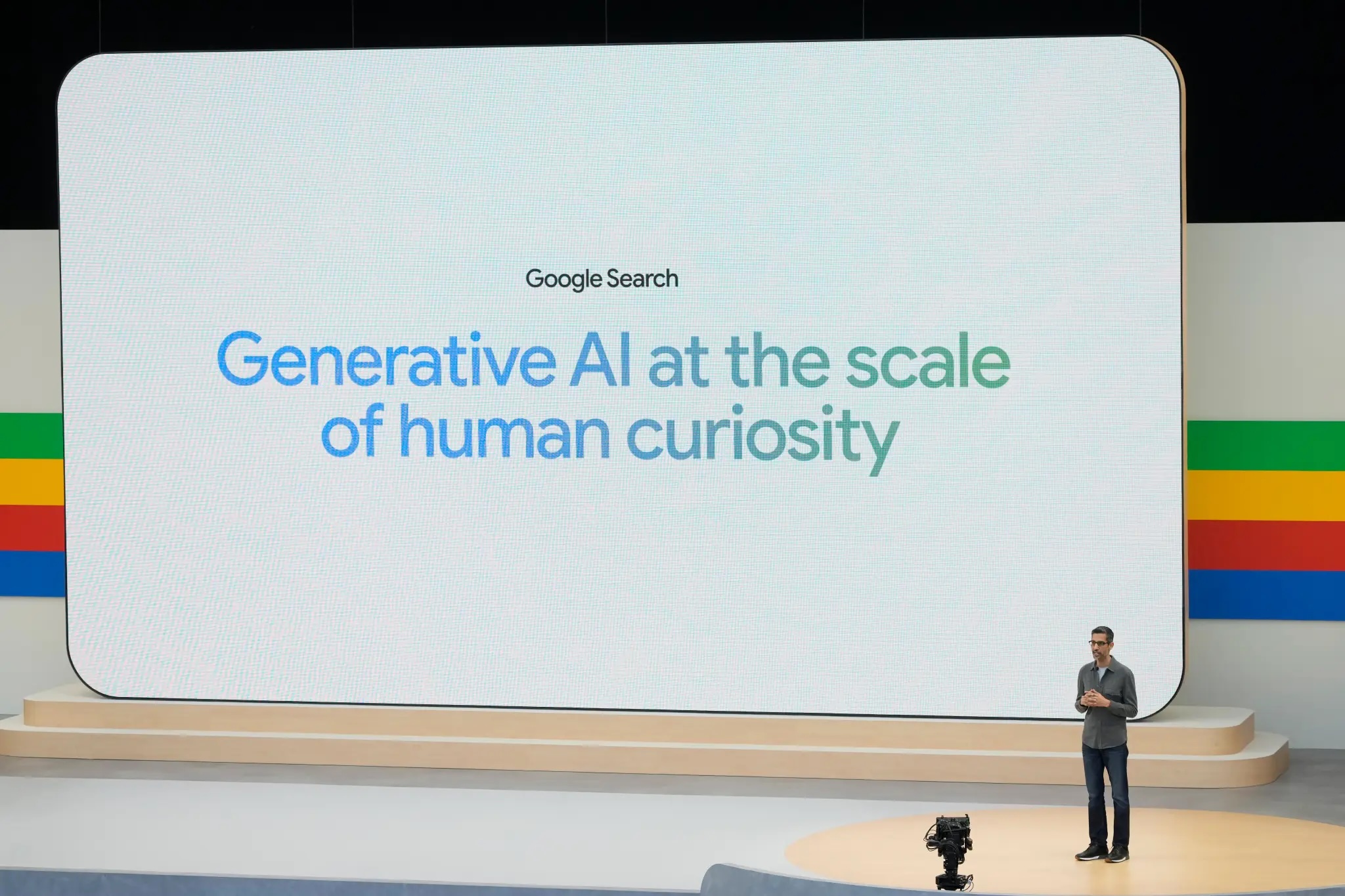






 @p_communityhub
@p_communityhub



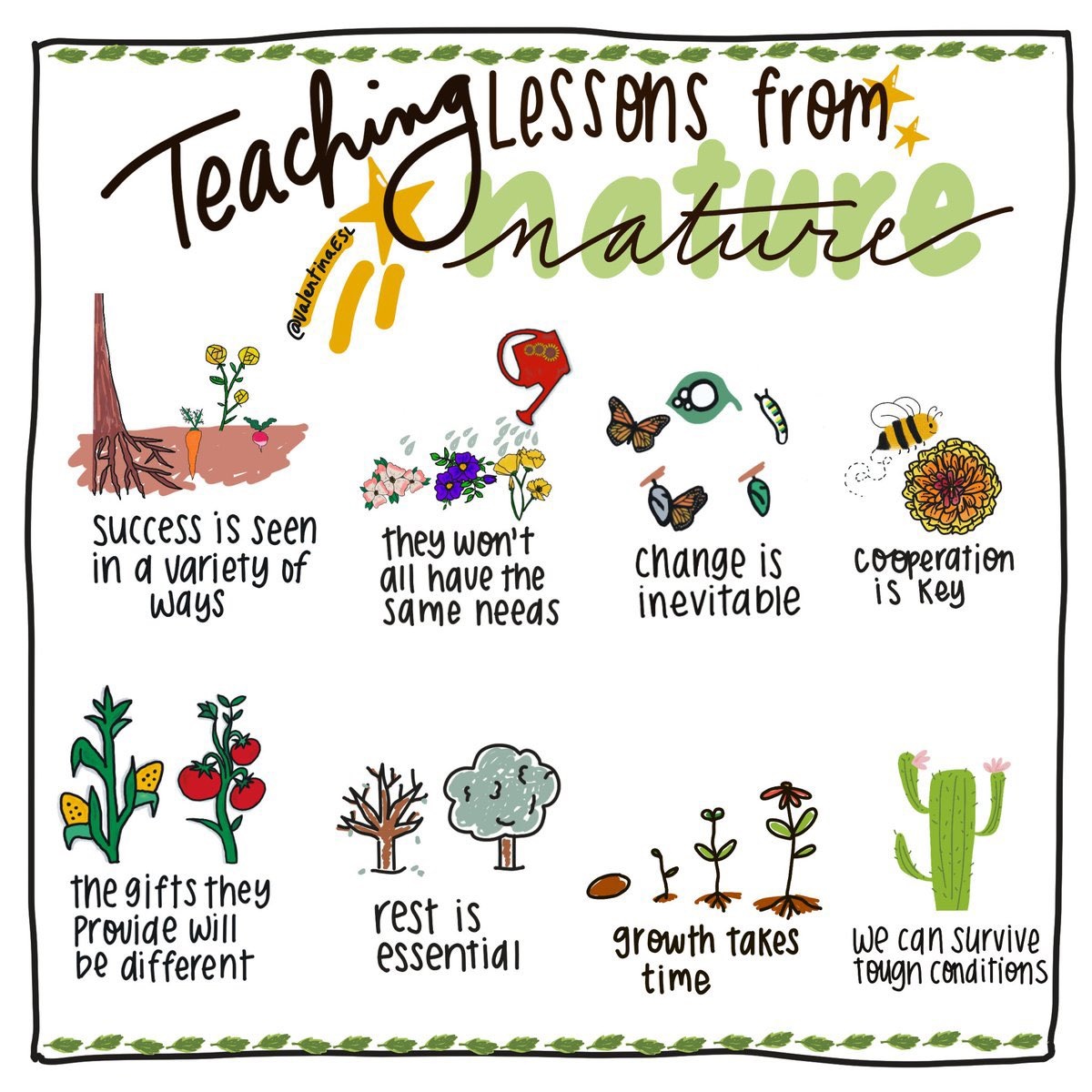 @ValentinaESL
@ValentinaESL 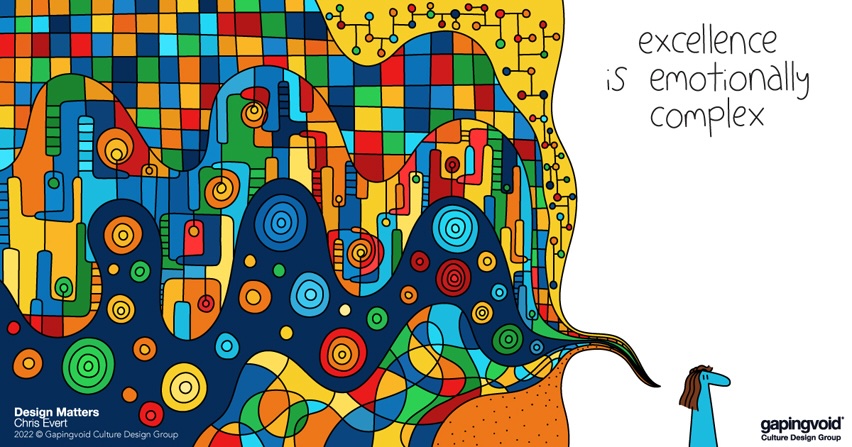 @Gapingvoid
@Gapingvoid